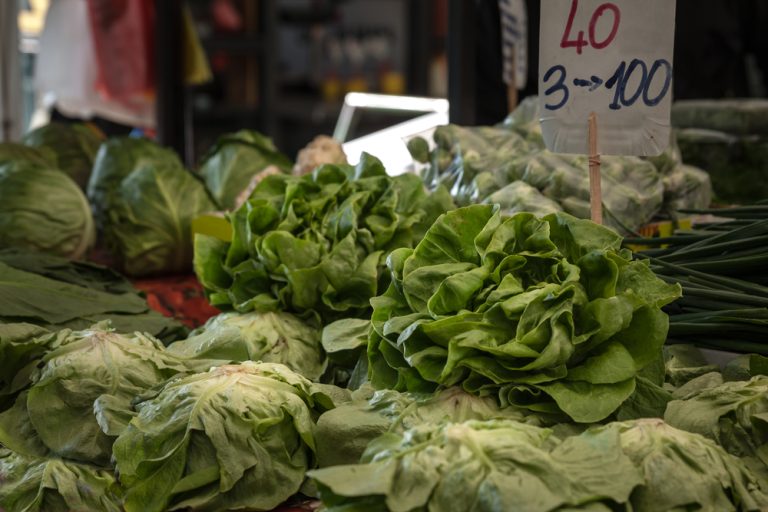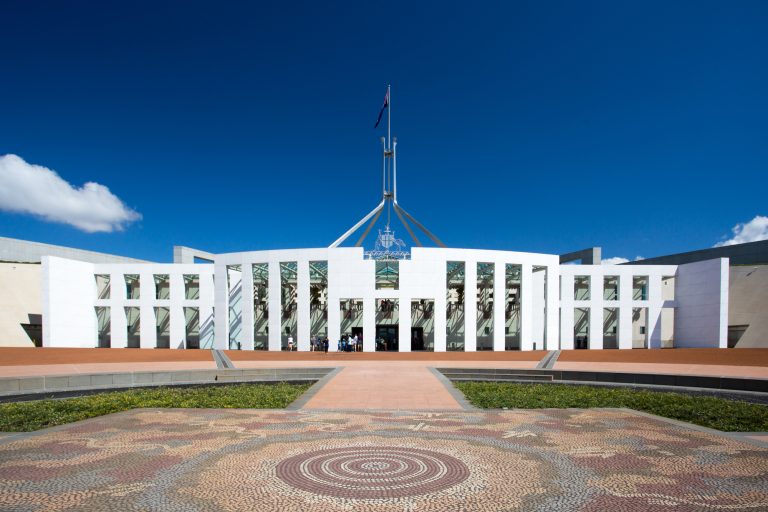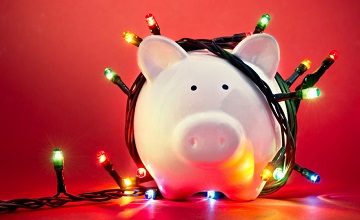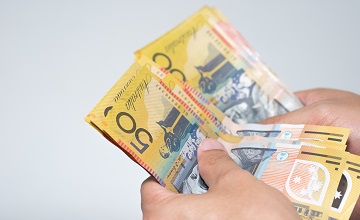An often forgotten aspect of insurance
When most people think about financial planning, they tend to focus on the wealth creation side of things, but often forget about the wealth protection. Building a financial plan without…

When most people think about financial planning, they tend to focus on the wealth creation side of things, but often forget about the wealth protection. Building a financial plan without…

The word ‘inflation’ doesn’t only dominate business news headlines but finds its way into general news reports too. So, what is inflation and how does it affect you? In simple…

The price of a lowly head of lettuce has never been a recognised barometer of the strength of the Australian economy, that is until the media started reporting iceberg lettuces…

Robust domestic economic growth Australia is rebounding from the pandemic, with domestic economic growth forecast to reach 3.5 per cent this financial year. Some analysts predict it might be even…

The Federal Government has delivered a big-spending 2022 budget, taking immediate steps to reduce cost of living pressures for working Australians while implementing a range of massive infrastructure and defence…

Coronavirus Victoria and New South Wales saw their economies roar back to life as they emerged from lockdown just in time for a new kid to arrive on the coronavirus…

COVID here to stay The third quarter of the calendar year brought with it the third and by far the biggest wave in COVID-19 infections. Largely restricted to NSW and…

Employment surprise JobKeeper was a cornerstone of Australia’s response to the coronavirus pandemic. It provided millions of Australians with an ongoing income and kept thousands of businesses afloat, so when…

Some people may think that a financial adviser’s role is to forecast the direction of the share market from month to month and invest clients’ money accordingly. This is not…

The global COVID-19 jab-fest gathered pace with some countries, including Israel and the United Kingdom, achieving high rates of immunisation. However, the rollout has had some issues. Rare side effects…

COVID-19 update Finally, some good news on the COVID-19 front: several vaccines have been rolled out in a number of countries. While a huge step forward in bringing the pandemic…

Just as night follows day, it seems part of the regular cycle of the world’s share markets that market crashes and falling prices follow good times and rising prices. The…

The run-up to Christmas is usually a hectic time. Aside from the shopping and Christmas parties, there are deadlines to meet, loose ends to tie up and, for many farmers,…

That $50 note in your pocket. What’s it worth? “$50,” you say, probably thinking it’s a dumb question. But is it really? Or a sheet of plastic and a bit…
End of content
End of content